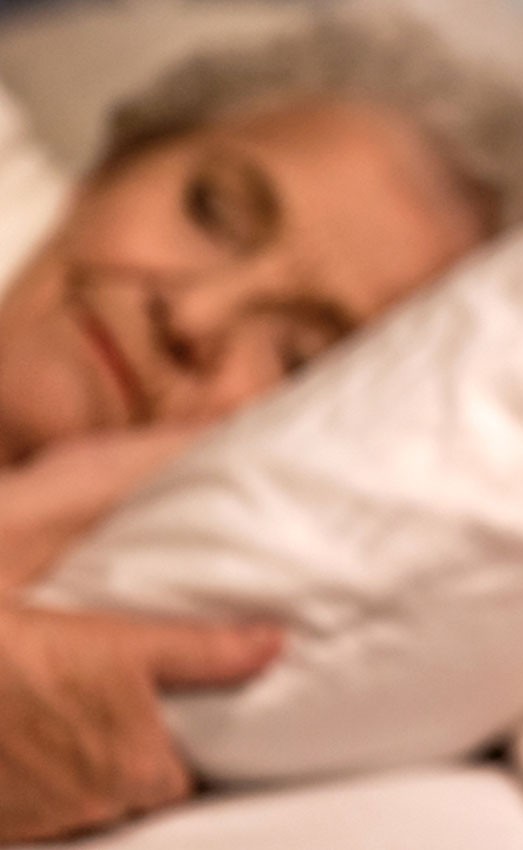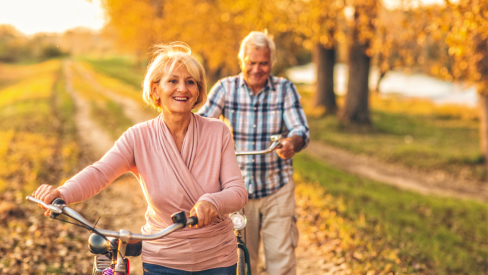
Gatesworth Stories —
Sleep Health:
The Value of Darkness
Most of us arrange our lives around daylight and dark; we’re busy when the sun is up and sleep after it sets. That pattern, at least for most of us living in the U.S., is based on cultural, economic, psychological and social circumstances.
As it turns out, the absence of light is an essential part of good sleep hygiene—the behaviors we use to help ensure we get the sleep we need. And the quality of our sleep is linked to overall health. In fact, in a study at the Northwestern University Feinberg School of Medicine, researchers found that participants exposed to any amount of light during sleep were more likely to have obesity, diabetes and high blood pressure than adults not exposed to light during sleep.
The study included men and women ages 63 to 84, each of whom wore a device on their wrist for seven nights. The device measured the level of light in the room during sleep. Because the study was cross-sectional—looking at data from a population at a single point in time—it did not determine whether hypertension, obesity and diabetes cause people to sleep with a light on or if the presence of light during sleep contributed to these conditions.
“Whether it be from one’s smartphone, leaving a TV on overnight or light pollution in a big city, we live among an abundant number of artificial sources of light that are available 24 hours of a day,” said study corresponding author Minjee Kim, MD, a neurologist at Northwestern University Feinberg School of Medicine. “Older adults already are at higher risk for diabetes and cardiovascular disease, so we wanted to see if there was a difference in frequencies of these diseases related to light exposure at night.”
The study found that less than half of the 552 participants had a five-hour period of consistent and complete darkness per day. The majority experienced exposure to light during the darkest periods of the day—most often in the middle of sleep.
Even the most active older adults may find sleep interrupted by trips to the bathroom and other necessities. And nightlights can help diminish the risk of bumps and falls. Nevertheless, the study’s co-senior author, Phyllis Zee, MD, chief of sleep medicine at Feinberg, says: “It’s important for people to avoid or minimize the amount of light exposure during sleep.” And she offers the following measures to help reduce exposure to light while sleeping:
- If you need to get out of bed, don’t turn the lights on in the room. If a nightlight is for safety, use one that emits a dim light and plug it into an outlet near the floor.
- The color of light matters: Amber, red and orange lights aren’t as stimulating to the brain as white or blue. (Streetlights, televisions and cell phones emit white or blue light.) Avoid using white or blue light near someone who is sleeping.
- Use blackout shades to reduce exposure to outdoor light (sunshine and streetlights, for example). You may also consider reorienting your bed so outdoor light doesn’t shine on your face. And if you can’t eliminate light in your room, wear an eye mask.
At The Gatesworth, we provide our residents with resources to support overall wellness to help them enjoy an active lifestyle. To learn more about The Gatesworth, please contact us at
314-993-0111.



